Google Pixel 9 Pro Fold review: a foldable revelation
The second-gen foldable Google Pixel is a giant leap forwards



Don't think of the Pixel 9 Pro Fold as simply an upgrade over the original Google foldable – this is a completely rethought and redesigned phone that's a giant leap forward, making it the best foldable that (lots of) money can buy. Sure, a foldable won't be for everyone, but with the largest and brightest display in the business, great longevity per charge, and a refreshed design that nestles neatly in among the Pixel 9 family, Google's latest is an impeccable all-rounder. It's normalised the folding phone for me – without any real compromise.
-
+
Largest and brightest internal display betters its competition
-
+
Decent levels of power without overheating, strong battery life
-
+
Design akin to a normal flagship when folded makes for easy use
-
-
Doesn't get the Pixel 9 Pro XL's improved cameras
-
-
Software doesn't leverage multi-tasking, AI has a way to go
-
-
Rounded screen corners and camera island may split opinion
Why you can trust T3
I've been using the Google Pixel 9 Pro Fold for over two weeks now – and in that time it's just totally normalised using a folding phone for me. Not that the other best folding phones on the market haven't made a positive impression upon me, just that somehow – and, quite honestly, I'm shocked – Google has fully about-turned and delivered a folding product that truly outperforms its competitors.
Why so shocked? Well, the first-generation Google Pixel Fold was, for me, more like a 'Pixel Flop'. It didn't fold flat, the form-factor didn't feel right, it was too heavy, and the battery life wasn't great either. All of that has been addressed in the Pixel 9 Pro Fold, though, which isn't so much a second-generation of the original but a completely new phone – one that fits into Google's Pixel 9 family of best phones more neatly.
I'm not saying a folding phone is going to be the right choice for everyone by any stretch of the imagination. The Pixel Fold 2 (whoops, I'm already abbreviating its mouthful of a name) is bloomin' expensive for starters – but there's no getting around that for any foldable right now – and there are inevitable quirks in such a design. But if you are in the market for a foldable, there's nothing better out there right now – as I'll explain in this review.
Google Pixel 9 Pro Fold: Price & Availability
When I wrote my initial Pixel 9 Pro Fold first impressions, I didn't dwell on the price too much. Sure, this foldable costs a lot for the 256GB entry model (a 512GB model could be yours for yet more cash), but that doesn't mean it doesn't deliver value for its £1749/$1799/AU$2699 asking price.
After all, in context, the Pixel Fold 2 is actually priced competitively. Samsung's Galaxy Z Fold 6 is pricier still – it was £1799 / $1899 / AU$2749 at launch, although has dropped a lot since – and that, quite literally, is less phone given its smaller displays. The OnePlus Open Apex Edition is the same price level as the Samsung too.
Google Pixel 9 Pro Fold: What's New?
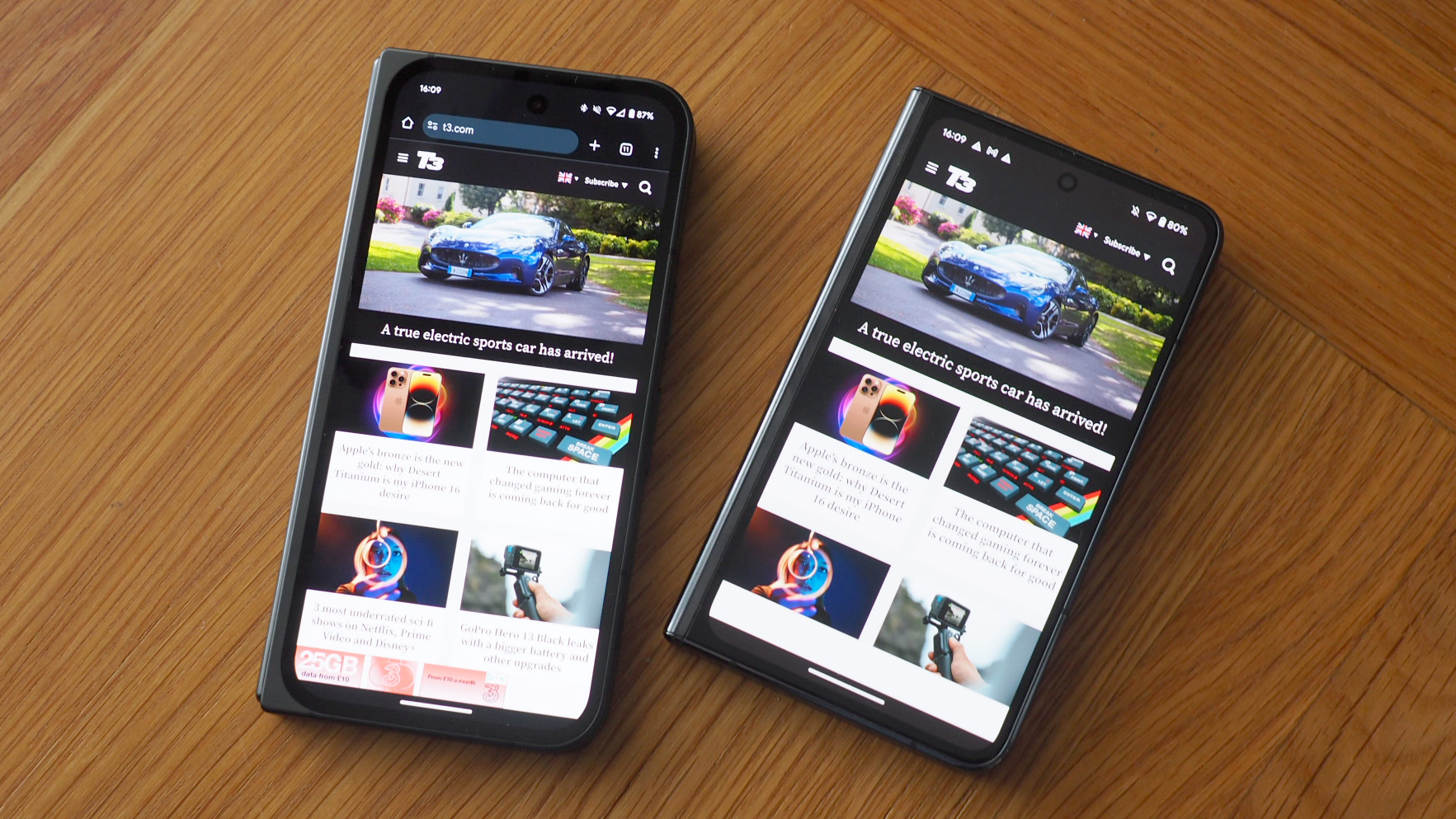





Well, where to start here? I might as well address what isn't new compared to the original Pixel Fold to keep this short – because, as I say, the Pixel 9 Pro Fold is an entirely new handset. Generation to generation the rear camera sensors remain the same, as does the handset's IPX8 water resistance. Er, and the connectivity (5G and Wi-Fi 6E) is the same too.
Everything else has changed though, as you can see from my gallery of images above, with the Pixel 9 Pro Fold's proportions being drastically different. I don't want to get too hung up in the numbers, but the 20:9 aspect of the front display is what most of the best Android phones feature these days – the 17.4:9 ratio of the original Fold felt too 'squashed' and weird to use for me. That the new Fold is taller makes it much more practical.
Get all the latest news, reviews, deals and buying guides on gorgeous tech, home and active products from the T3 experts
Unfold the Pixel 9 Pro Fold and it presents the largest screen of any foldable, too, a massive 8-inch panel that's a square ratio (the original was 6:5). This is like the IMAX of foldable phone screens – and while a square certainly won't work for everything you consume, the sheer scale and reduced bezels makes for a much better experience.
The Pixel 9 Pro Fold is also much slimmer and lighter 10.5mm and 257g compared to 12.1mm and 283g – thanks to a totally redesigned hinge, which is also part of the reason the bezel scenario is much improved.
Inside this frame is Google's latest hardware, Tensor G4, which means a two-generation upgrade, while RAM adds a third onto its capacity – now at 16GB standard for better multi-tasking and AI performance. The battery capacity has actually shrunk in the newer model, but with a new cooling vapour chamber and the upgraded hardware it manages to be longer-lasting.
Google Pixel 9 Pro Fold review: Design & Displays





Having handled both Pixel Fold devices side-by-side, the original model feels like a prototype to me. The Pixel 9 Pro Fold is improved so much in fit and feel – it's night and day. Prior to using this new foldable, I was running the stupendous Pixel 9 Pro XL – and because the new Fold is only marginally different in weight and stature, in some ways it's felt like I've barely changed over phones at all.
That's a positive thing, as far too often with folding phones it can feel as though you're carrying a two-screen sandwich around, compromising use on the main screen when you're on the go, and adding undue weight and bulk in your pocket or purse. I've really not felt that with the Pixel Fold 2 – I mean, it's marginally bigger and heavier, but it does have that mega 8-inch display inside.
Now, one thing I must raise about folding phones is the conundrum about when you'll actually use that internal display. Because the Pixel 9 Pro Fold's external 6.3-inch panel is so eminently usable, quite often I've found myself just using that and treating the device like a 'normal' phone. But then, here and there, when I've been sat down in a coffee shop and wanted to do some XL gaming, that internal panel has come to life – and made me feel pretty smug about the extra it brings.
Sure, like with any folding phone, the latest Pixel can't mitigate the 'crease' that's partially present in the screen, nor can it deny the reflective qualities of a foldable panel's surface. But, I must say, the added brightness of this panel – Google reckons it's a massive 80% brighter than the first generation – does really help to cut through said reflections being a burden. Indeed, I've seen no better folding phone internal display – and not just on account of scale, it's the brightness and colour pop that really help this panel along.
As I said of the Pixel 9 Pro XL, however, for 2024's designs Google has gone with this considerable corner roundness. It looks fairly iPhone-like as a result, but the main irk this brings is that various full-screen apps use the display to the very corners – and sometimes, say, the 'x' to close an advert becomes partially hidden as a result. It's a minor point, but it's there. Oh, and the bezel here could still be further reduced in my opinion – although the competition isn't really any better in this regard.
Google Pixel 9 Pro Fold review: Performance & Battery



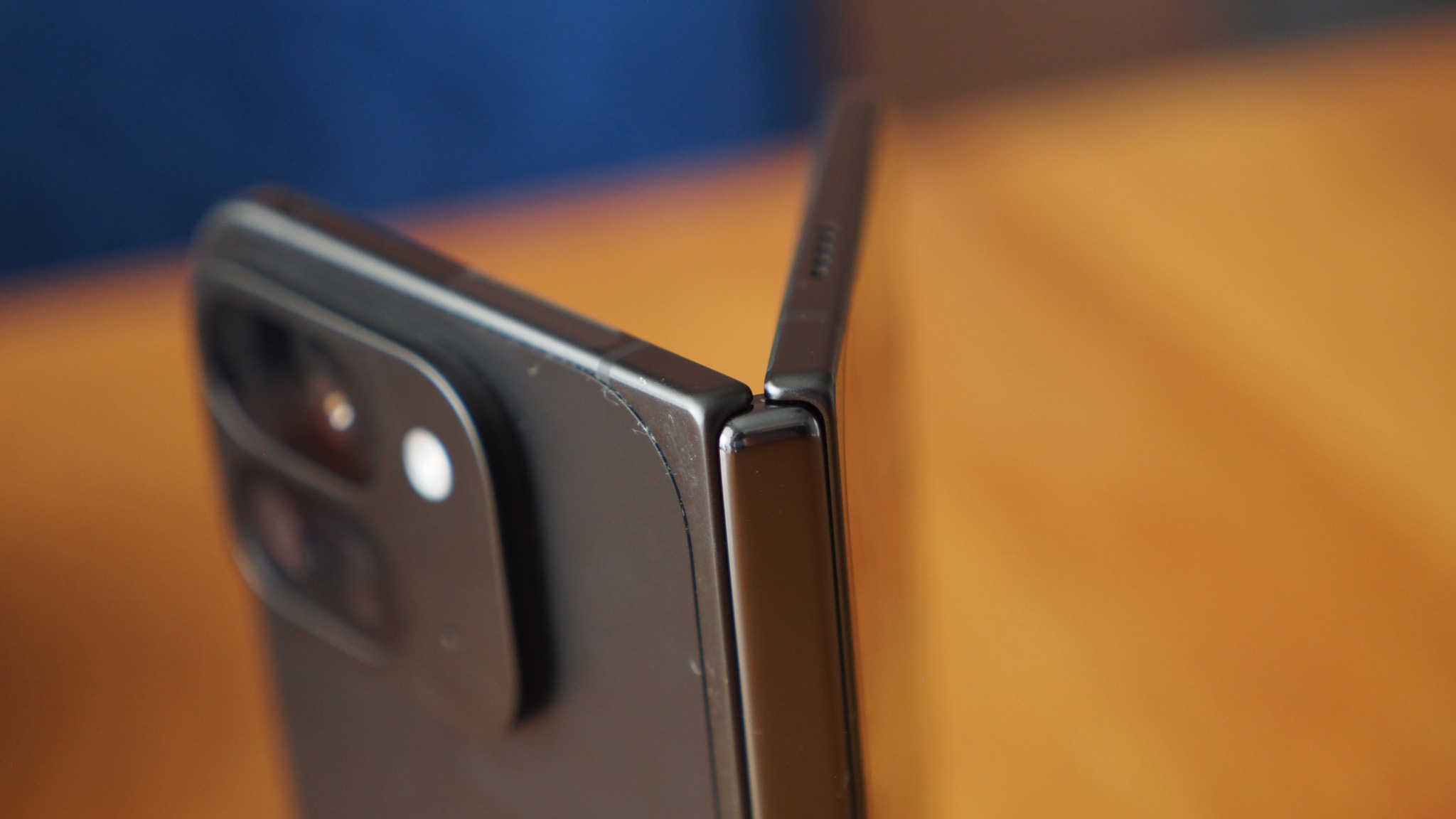
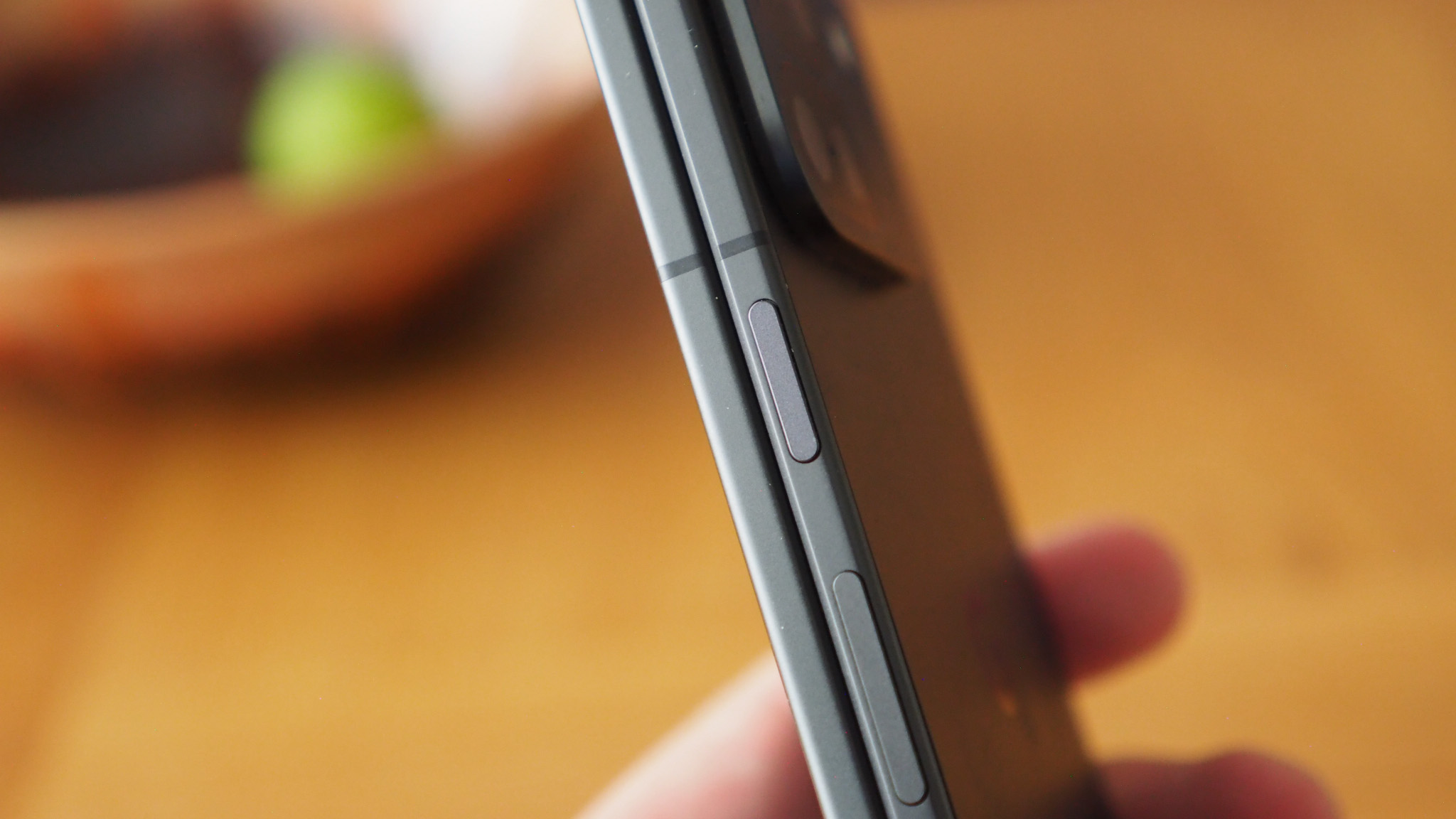
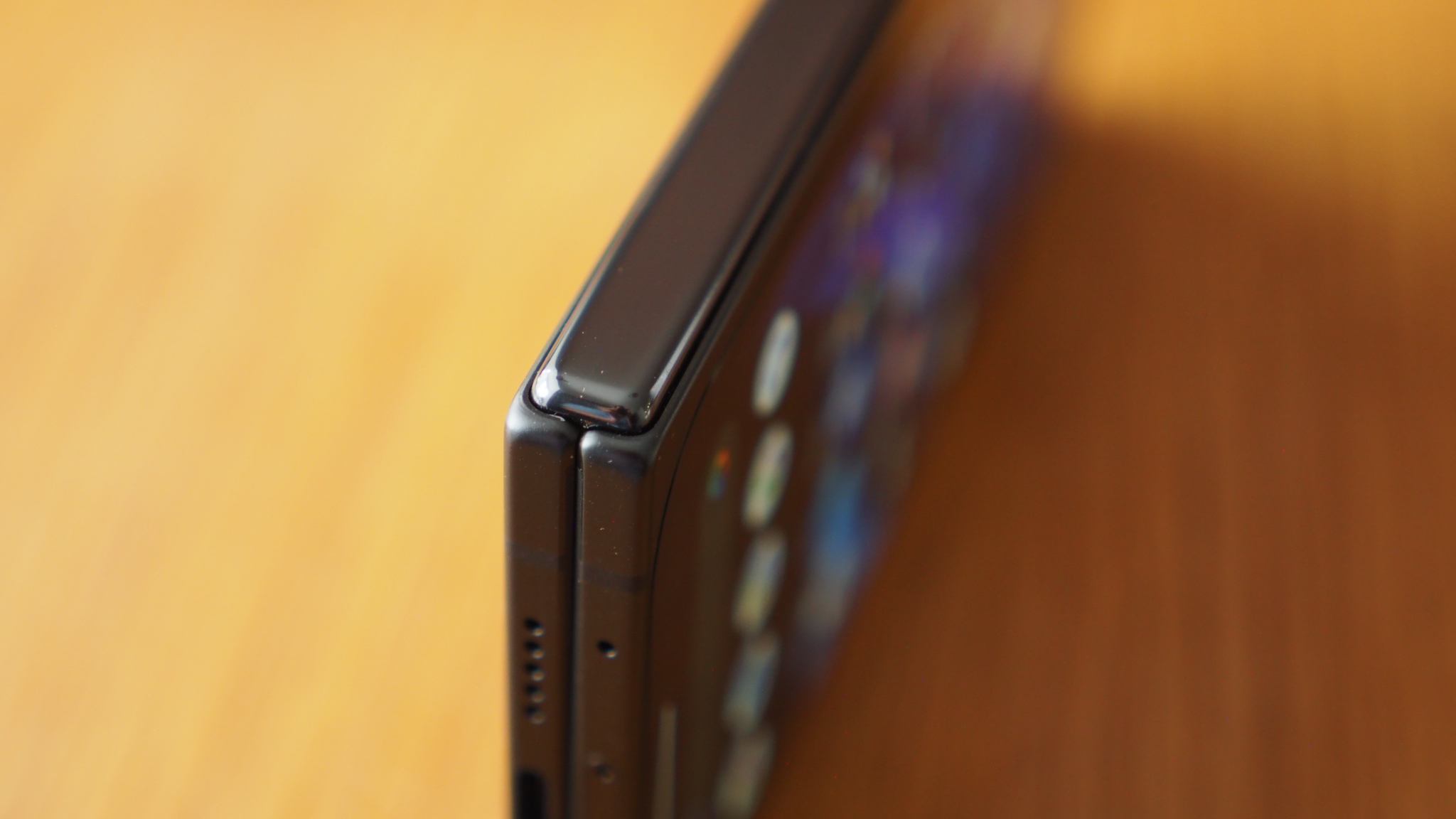
In the past I've been fairly critical of Google's own Tensor chips, because they haven't always been perfect in their delivery. That let down the Google Pixel 8 Pro last year to some degree, allowing Samsung to one-up Google with its flagship, but with Tensor G4 I feel there's a real sensible balance of power to productivity.
With the original Fold on Tensor G2, the jump to Tensor G4 in the Pixel 9 Pro Fold is a major step forward, as is the 16GB RAM allocation. Now, I'm not saying that G4 is more powerful than Qualcomm's Snapdragon 8 Gen 3, as frankly it's not. But it delivers everything I need, with ample power to play games for long enough periods – yes, it will throttle sooner than the class-leader given how the chip is managed – but that also results in improved battery life.
I play a lot of mobile games in the evening on my device: a frankly absurd 2 hours and 15 minutes on one night, for example, and neither South Park: Phone Destroyer nor Farm Jam, nor PUBG Mobile saw any performance bothers in my testing. The new vapour chamber does a sterling job in keeping things cool, that's for sure, as I've never found the Pixel 9 Pro Fold to get hot – and that certainly couldn't be said of its predecessor.
All of that equates to battery life that's surprised me – in a good way. The 4650mAh cell on board here isn't as capacious as I would expect – especially when many flagships pack in 5000mAh (without having to handle dual displays as part of their setup!) While the figures initially concerned me, the use-case hasn't – there's not been a single day over the past two weeks of testing when I've run out of battery. I've got close, at sub-10%, but without compromise to use, and often across 18-hour periods without charging.
Regrettably, however, Google is still reluctant to go with super-fast charging. Samsung is in the same boat, though, so it's hardly a big surprise. But the 21W wired charging here is archaic by today's standards. Not enough to mark it down, though, as fortunately you won't be desperately seeking out a plug socket thanks to the general performance. But, c'mon Google, the Fold should have at least the same 37W speed as the Pixel 9 Pro XL as a minimum. The OnePlus Open offers 67W, after all.
Google Pixel 9 Pro Fold review: Software & Support

As I wrote in my Pixel 9 Pro XL review: "a major part of the Pixel puzzle is the inclusion of Google's artificial intelligence, Gemini." It's the same story here, too, with Tensor G4 being the first with Gemini Nano (that's Google's "most efficient model for on-device tasks") to target AI tasks. These can be compute heavy, so some of these operations are performed off-device, in the cloud.
Google's advancement in AI has been admirable when it comes to computational photography, for example, and those features remain solid on the Fold 2. But, also as I said in my XL review: "'more' doesn't instantly mean 'better' – and this whole AI bubble has a fairly long way to go before it's truly beneficial to all available features." There are some niceties, such as return message prompts in Gmail and even WhatsApp, but they're not always on the mark – so it's just going to take time for these AI models to be on the money all of the time.
I must also point out that some features are behind a Gemini Advanced paywall – you'll get a year for free with a Pixel 9 Pro Fold purchase, after which it's a pricey commitment (at £18.99/$19.99 per month). That's a warning sign that the future of phones could be subscription-based – as I wrote about following the Made by Google summer event back in May. That does come with 2TB Google Drive storage, though, so you're getting more than just the most advanced AI model as part of the package – but it's still a costly commitment.
But with the Pixel 9 Pro Fold there's a more significant aspect about the software experience that isn't fully leveraged in my view. This is a big device, so there's big opportunity to advance the multi-tasking opportunity. It's easy to create doubles, and even assign app pairs, but on an 8-inch display I really think Google could do more. I suspect Android 15 – which I've not received at the time of writing, but is due imminently – has the opportunity to bring more features and improvements though.
Which brings me to Google's other major strength: software support. It was the first phone-maker to offer 7 years of security patches, software updates and feature drops. That'd give the Pixel 9 Pro Fold life into 2031 at the time of writing. I'm not sure my brain can even comprehend what life will be like in the next decade. But at least Google's phones will, in theory, still be up to the minute.
Google Pixel 9 Pro Fold review: Cameras

Speaking of AI, Google has long been using artificial intelligence to its advantage with photographic features. A lot of these are brilliant in theory – object removal from a scene; generative-fill to expand a scene; even Add Me to enter a capture and be added – but, having had critical conversations with long-time T3 freelancers to assess their views, these feature still feel like works in progress. Blurry areas where subjects are removed, subjects' hands going 'through' surrounding objects, there's room for progressive improvement. That'll happen, though, I'm sure – and, if anything, Google is ahead of its main competition, with the likes of Samsung's Galaxy AI facing similar hurdles.
But ignore the AI aspect when it comes to cameras and Google's mega-island on the rear of the Pixel 9 Pro Fold is sure to divide opinion. It's a pretty massive protrusion, but personally I like the look – in person I think it looks better than photographs or renders. It's big enough to prevent the phone from rocking about a tabletop when it's laid flat on a surface – although not when unfolded, to be clear.
I had expected the Fold 2's cameras to match those of the Pixel 9 Pro XL's setup, but that's not the case. Indeed, the 48-megapixel main, 10.8MP 5x optical zoom and 10.5MP wide-angle are direct ports from the previous Fold device. They're hardly relics, mind, but in the ever-advancing world of cameras and upgraded suite would have been nice to have.

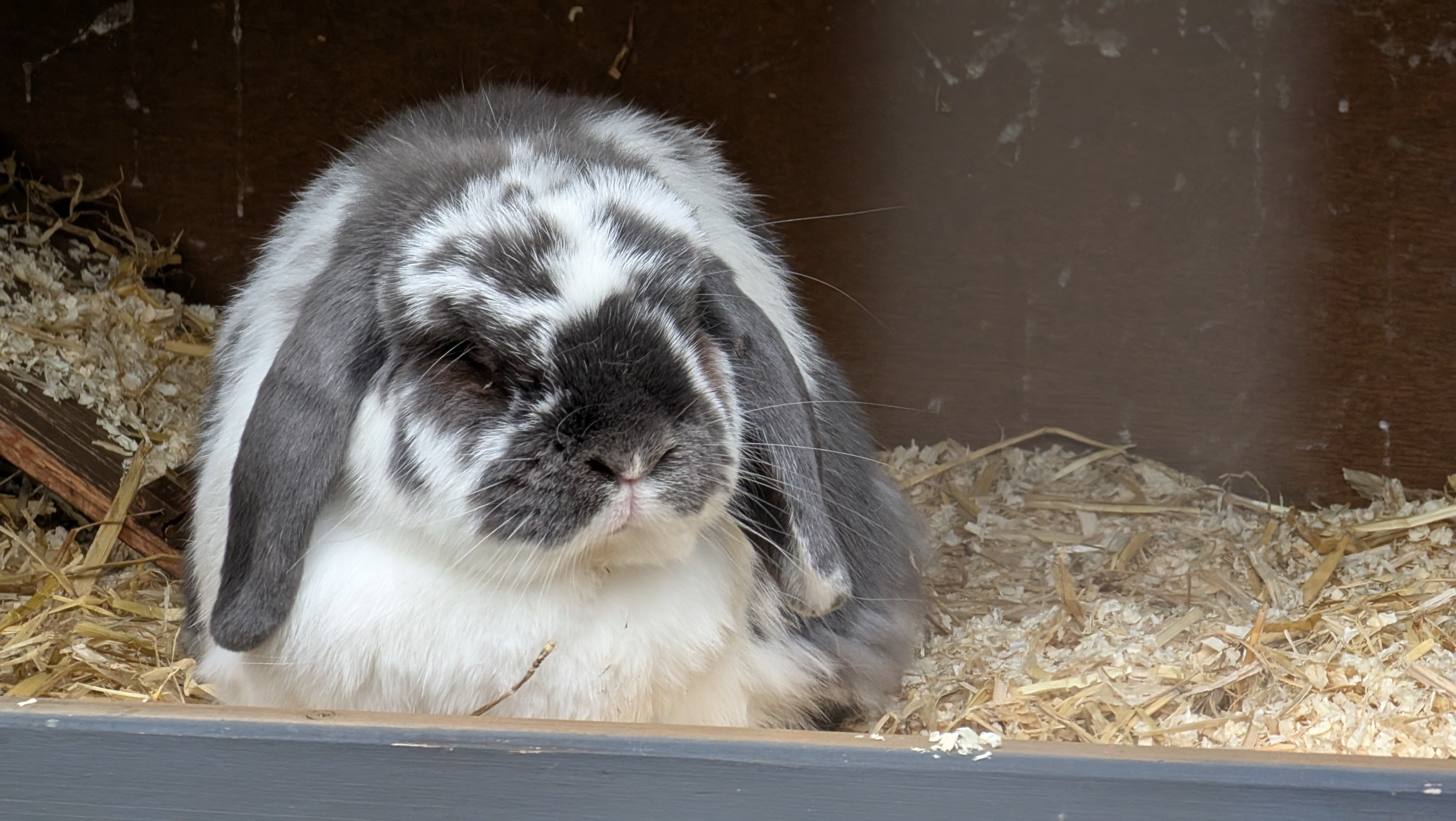


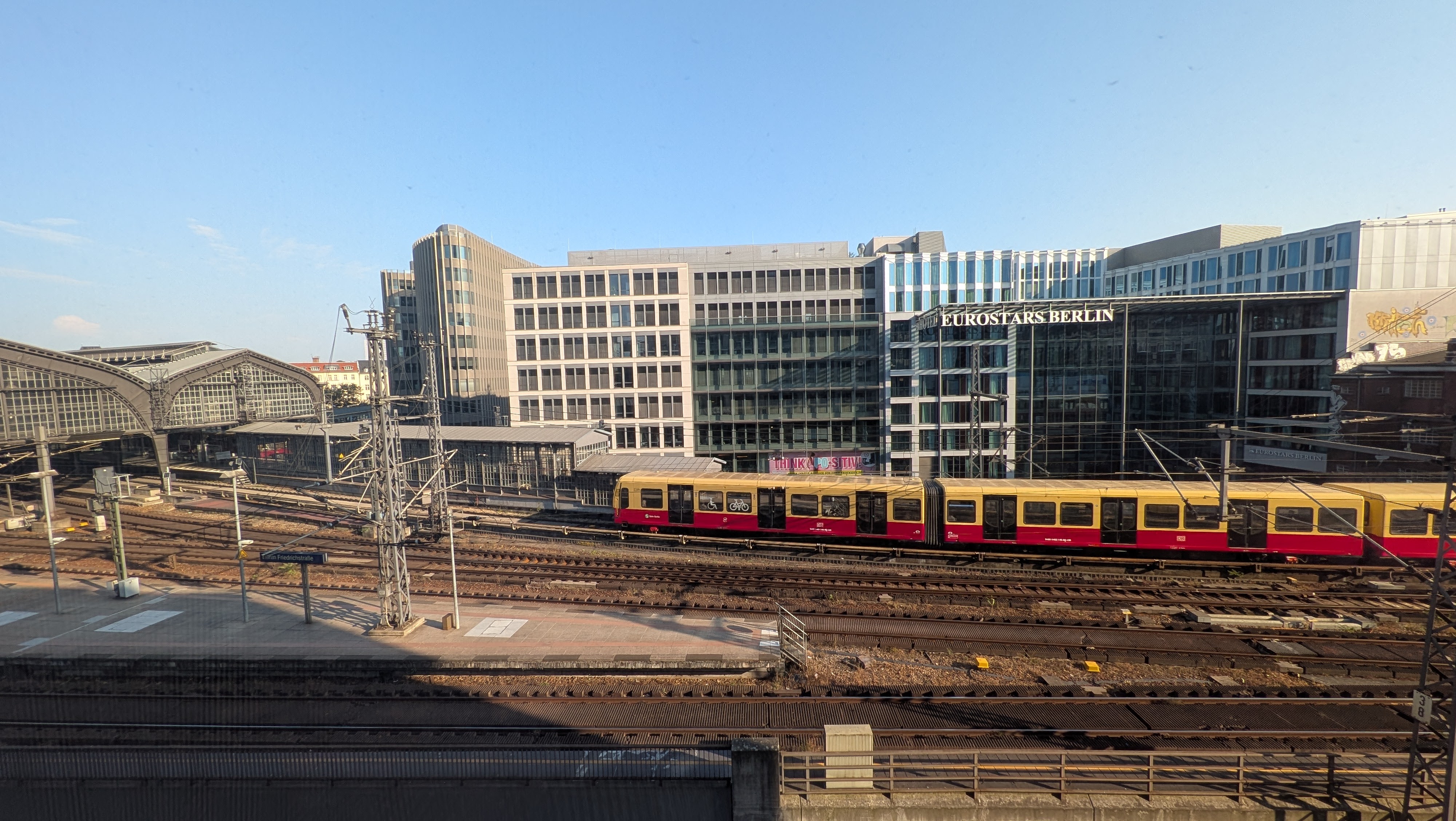

But that's no bad thing all in all, as Google's cameras still manage to be among the best in the business – although the OnePlus Open doesn't shy away from delivering more resolution across the board, which is why I'm surprised Google didn't push further in this department (but, hey, maybe it was a cost consideration).
While the Pixel 9 Pro Fold's main camera is the star of the show, owed to its resolution and detail, I've spent a number of days in Berlin – where T3 was dishing out its IFA show Awards for 2024 – and I've just found the versatility of this camera system to be among its biggest appeals. Whether snapping Acer's CEO delivering his global press conference speech, shot at 5x zoom and captured with plenty of detail, or going wide-angle and shooting handheld at night in dimly-lit bars, the Pixel can handle it all.
The additional features to support the camera sensors also elevate the experience: there's impressive optical image stabilisation (OIS), which I can literally watch on-screen as it counteracts my shaky old hands; the Night Sight for handheld low-light shots can often reveal more exposure than your eyes will be able to see; an automatic macro close-up mode jumps in when needed; and just the synchronisation of cross-camera output for a uniform look means it's effortless to use this camera setup. And that's a rare thing in foldable phones.
Google Pixel 9 Pro Fold review: Verdict
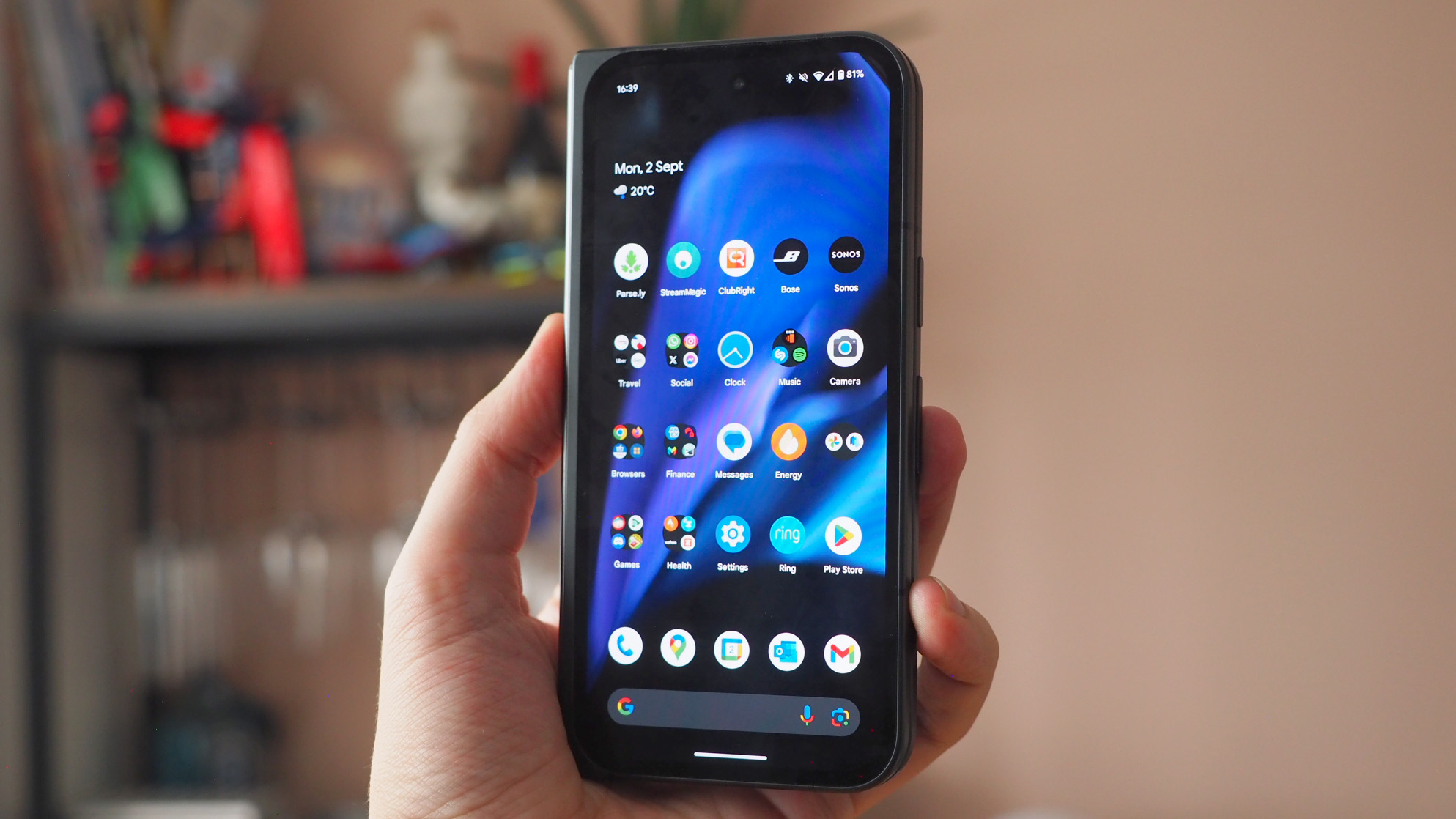

I was initially cynical about the Google Pixel 9 Pro Fold, simply because the first-generation Fold it upgrades was far from a success story. But it took little time into my two-weeks of testing to conclude that Google's latest is a folding phone revelation – a total rethink and redesign that positions it among the family of Google's best Pixel phones.
While a foldable still won't be for everyone, if one is on your shopping list then the clear benefit of the biggest and brightest folding display in the business, plus a Pixel 9 Pro XL-like exterior one, makes the Pixel 9 Pro Fold an obvious winner. Its well-balanced performance delivers ample power with impressive longevity considering the battery capacity – and all without a design that's overly weighty.
There are inevitable compromises, as per any foldable phone, such as the folding 'crease' and reflections, plus Google's design choice means significantly rounded corners and a big camera island on the rear – the sensors within are decent, but aren't the latest and greatest in Google's range. Oh, and artificial intelligence still has a way to go before it's useful for everything always – but with 7 years of software, security and feature updates this Pixel should improve and is certainly future-proofed.
Overall, the Pixel 9 Pro Fold shows what difference a year can make. In a short period of time Google has managed to springboard from the lower ranks of the best folding phones stack right to the top. And that's no mean feat, given the strength of handsets from Samsung and OnePlus also available.
Also consider
If I was looking for a folding phone right now but didn't have the budget that the second-gen Fold demands at launch, I'd look to the Samsung Galaxy Z Fold 6 or its previous Z Fold 5 edition. The prices have swiftly dropped, so if you're content with a much slimmer front display, Samsung's efforts make a lot of sense.
Otherwise it's the OnePlus which previously held the crown in this market. The Open is still a great phone, offering even more multi-tasking features and greater camera resolution, but it's become trickier to find due to popularity. There's the newer Apex Edition, but that's pricier than the Google – so it'll depend on your feature preferences as to which best suits.
The Honor Magic V3 (and the previous V2) are also in with a shout, as while I don't like the software as much, the sheer slimness of the design sets Honor's efforts apart from any competitor as thinnest and lightest in the game.

Mike is T3's Tech Editor. He's been writing about consumer technology for 15 years and his beat covers phones – of which he's seen hundreds of handsets over the years – laptops, gaming, TV & audio, and more. There's little consumer tech he's not had a hand at trying, and with extensive commissioning and editing experience, he knows the industry inside out. As the former Reviews Editor at Pocket-lint for 10 years where he furthered his knowledge and expertise, whilst writing about literally thousands of products, he's also provided work for publications such as Wired, The Guardian, Metro, and more.
You must confirm your public display name before commenting
Please logout and then login again, you will then be prompted to enter your display name.
